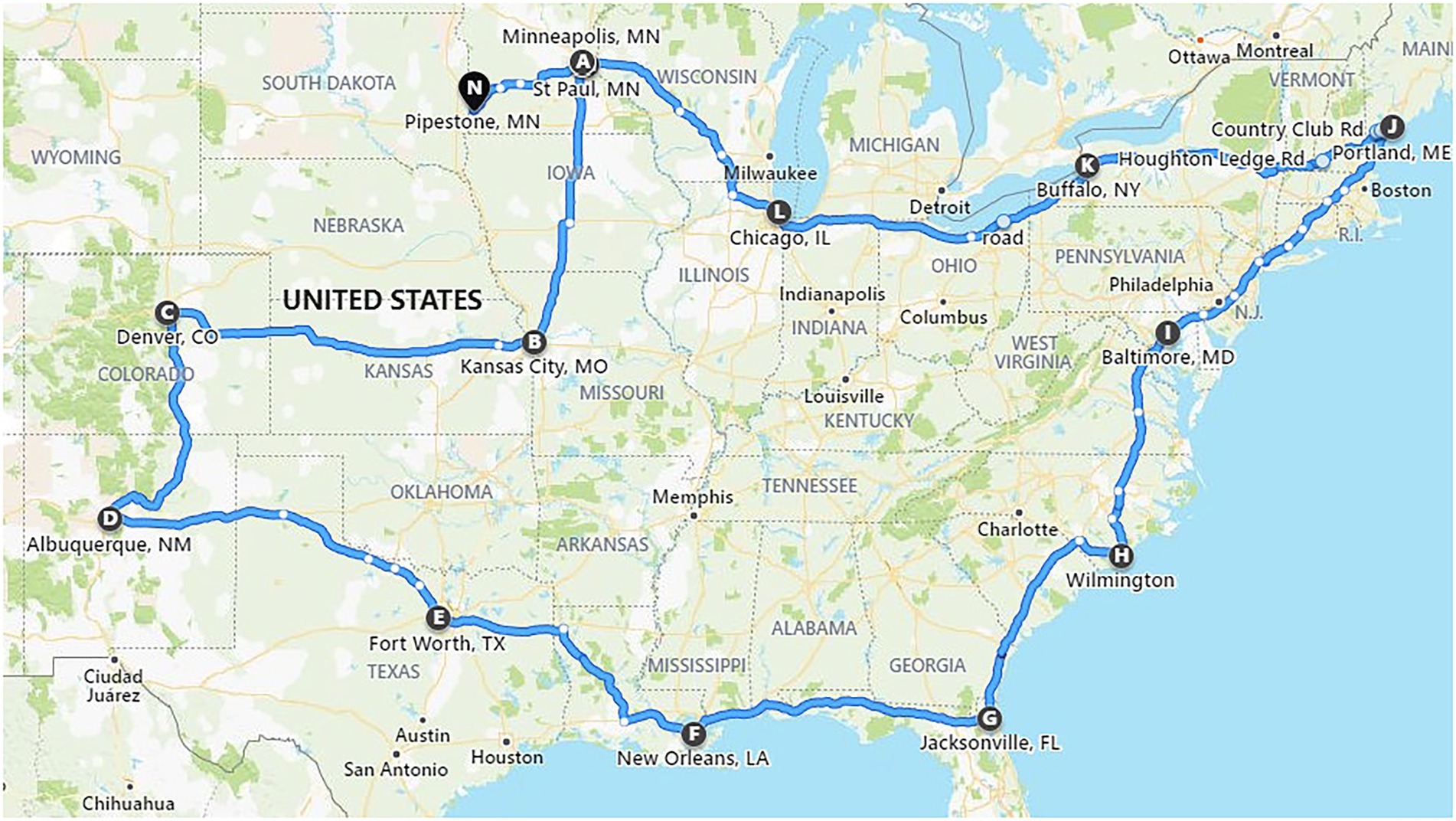



New research: survival of a surrogate ASF virus-like algal virus tested in feed matrices
Survival of algal virus testing using a 23-day commercial US truck transport modelEditor's note: to read the full study, including data charts, click here.
Because ASFV is a highly contagious virus, and countries such as those in the Americas, Australia and New Zealand where the disease is still absent, research with African swine fever virus (ASFV) can only be conducted in a highly restricted biosecurity level 3 facility. Consequently, this has resulted in only a few laboratories in the world that have regulatory approval to work with this virus. These biosecurity restrictions also limit the capability of evaluating ASFV survival and inactivation in various feed ingredients under real world feed supply chain demonstrations because unlike many RNA viruses, no suitable surrogate has been available for ASFV.
African swine fever virus is a member of the Asfarviridae family which is part of a larger group of virus families that are classified as nucleocytoplasmic large DNA viruses (NCLDVs) and evolved from a common ancestor. These NCLDVs are found in a variety of environments, and can infect humans (Poxviridae), fish (Iridoviridae), insects (Ascoviridae), swine (Asfarviridae), amoeba (Marseilleviridae and Mimiviridae) and algae (Phycodnaviridae).
Until now, no surrogate NCLDV with similar features to that of ASFV, nor any other virus with suitable surrogate properties, have been proposed for use in studies to evaluate ASFV survival and inactivation in feed ingredients and complete feeds. Emiliania huxleyi virus strain 86 (EhV-86) is an ecologically important NCLDV which controls blooms of the marine unicellular phytoplankton Emiliania huxleyi and shares many important features with ASFV. Both ASFV and EhV-86 share many physical characteristics, such as complex virion ultrastructure and sensitivity profile to time and temperature exposure. In fact, EhV-86 has recently been shown to be one of the most thermally stable viruses known, with temperatures up to 100°C damaging most of the virus particles yet leaving a subset of intact and potentially viable particles for future re-infections. Given the similarities shared between ASFV and EhV-86, proposed the use of EhV-86 as a surrogate for ASFV.
ASFV is stable in a variety of environments, including animal feed ingredients as shown in previous laboratory experiments and simulations.
Emiliania huxleyi virus has a restricted host range limited to a species of marine algae called Emiliania huxleyi. This algal NCLDV has many similar morphological and physical characteristics to ASFV thereby making it a safe surrogate, with results that are applicable to ASFV and suitable for use in real-world experiments.
The research team inoculated conventional soybean meal (SBMC), organic soybean meal (SBMO), and swine complete feed (CF) matrices with EhV strain 86 (EhV-86) at a concentration of 6.6 × 107 virus g−1, and then transported these samples in the trailer of a commercial transport vehicle for 23 days across 10,183 km covering 29 states in various regions of the United States.

Upon return, samples were evaluated for virus presence and viability using a previously validated viability qPCR (V-qPCR) method.
Results showed that EhV-86 was detected in all matrices and no degradation in EhV-86 viability was observed after the 23-day transportation event. Additionally, sampling sensitivity (we recorded unexpected increases, as high as 49% in one matrix, when virus was recovered at the end of the sampling period) rather than virus degradation best explains the variation of virus quantity observed after the 23-day transport simulation.
Conclusion
Use of the NCLDV EhV-86 as a surrogate for ASFV in experimentally inoculated conventional and organic soybean meal and complete feed based on corn and soybean meal was present in a viable form after a 23-days transcontinental truck transport journey. However, sampling sensitivity rather than virus inactivation best explains the variation of in EhV-86 quantity detected in feed matrices after the 23-days transport period. These results demonstrate for the first time that ASFV-like NCLDVs can retain viability in swine feed matrices during long-term transport across the continental United States, thereby providing evidence for the use of EhV as a surrogate for ASFV for evaluating virus survival and inactivation under real-world demonstrations.
Reference:
Palowski A, Balestreri C, Urriola PE, van de Ligt JLG, Sampedro F, Dee S, Shah A, Yancy HF, Shurson GC and Schroeder DC (2022) Survival of a surrogate African swine fever virus-like algal virus in feed matrices using a 23-day commercial United States truck transport model. Front. Microbiol. 13:1059118. doi: 10.3389/fmicb.2022.1059118









